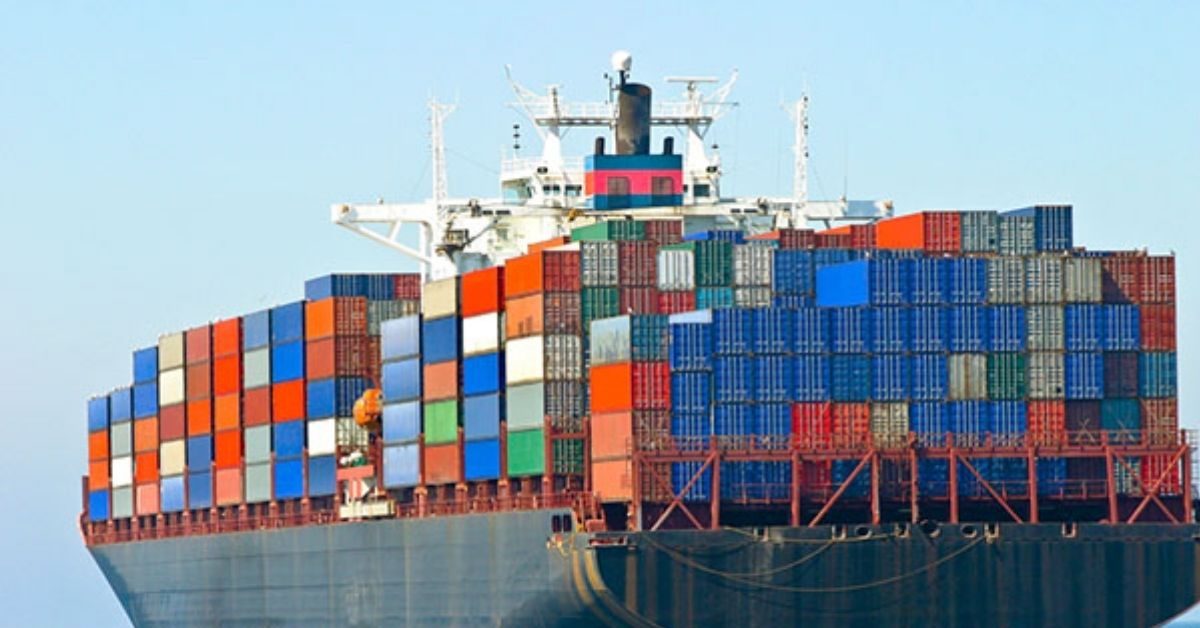Container rates from Asia to Europe have hit fresh all-time highs as logistical issues continue to constrain the market and demand remains firm through to July, limiting availability on ships.
Platts Container Rate 1 – North Asia-to-North Continent – rose to $12,000/FEU on May 17, up $1,500/FEU from the week earlier. This increase reflected a near ten-fold increase from the $1,300/FEU assessed on this route a year earlier.
The latest jump in rates comes as demand continues to outweigh supply on key routes around the world. The big issue with this is that there are fewer empty containers in ocean circulation than there were at the start of the pandemic, largely because the time it takes for a container to return to port once it has been unloaded from a vessel has increased significantly owing to staff shortages during the pandemic.
This has been felt around the world and has seen some containers take four weeks to return to ports after being discharged, compared to around seven to 10 days at the start of 2020.
This has been compounded by port delays with support staffing levels significantly reduced due to outbreaks of coronavirus at key hubs around the world. The result has been significant logistical delays, such as those offshore California in the first quarter of 2021, where almost 40 container ships were waiting in a queue outside the ports of Los Angeles and Long Beach. The large number of containers consequently tied up has put further strain on an already brittle supply chain.
On the Europe trade lane, the closure of the Suez Canal in March has resulted in significant bottlenecks at European ports. Although ports were able to clear some of their backlogs during the lull in which container ships weren’t arriving, they then saw a sharp influx of ships arrive all at once during April, causing longer wait times at ports and compounding the already tight market situation.
“I am struggling, my clients are struggling, everyone is struggling,” said a freight forwarder. “We pay and pay and still there is a high chance cargo will be rolled as demand is just through the roof at the moment.”
Throughout all this, carrier performance has taken a big knock as delays have meant the number of containers arriving at ports during their scheduled windows has fallen considerably.
In an effort to get sailings, and thus performance back on track, some carriers are eyeing void sailings in May and June, when they take a vessel out of the loop in a bid either to fill capacity, or to move their delayed services back on time.
“Void sailings are back, rates are up again, and customer satisfaction has never been lower,” said another freight forwarder. “These rates are ridiculous, you can’t guarantee product no matter what you pay, that’s the nature of the delays.”
Despite efforts by carriers around the world to purchase new-build containers, there are some concerns that these containers will be delivered at ports and cause further headaches for carriers.
This comes as carriers don’t have the flexibility in their systems to reposition empty containers as all ships are currently working flat-out to move laden containers around the world. As such, some market participants fear that there will be further delays at ports owing to the large number of new-build containers that will be sat quayside, with carriers unable to reposition them to regions where they are needed to alleviate the tightness.
Despite hopes across the industry that these logistical issues would be eased during Lunar New Year in February, it now appears they will continue at least until the end of the third quarter.
Platts Container Rate 11 – North Asia-to-UK – also hit fresh all-time highs on May 17 at $14,500/FEU, up from $1,325/FEU a year earlier.
Source : Hellenic Shipping News







